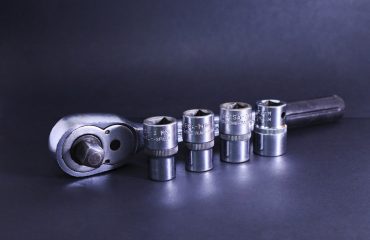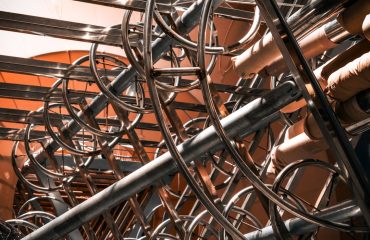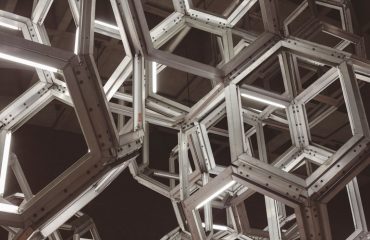Industrial steel frame projects are transforming the landscape of modern construction, offering unparalleled strength, versatility, and efficiency. From sprawling warehouses to towering factories, steel frames provide the backbone for a wide range of structures. This comprehensive guide delves into the intricacies of these projects, exploring their design, construction, benefits, applications, and future trends.
1. The Design Process: Blueprint to Reality
The design phase of an industrial steel frame project is crucial. It involves meticulous planning, considering factors such as the building’s intended use, load-bearing requirements, seismic activity in the area, and local building codes. Experienced engineers utilize sophisticated software to create detailed 3D models, ensuring structural integrity and optimizing material usage. These models allow for precise calculations of steel member sizes, connections, and overall stability. Furthermore, the design process incorporates considerations for fire safety, including the use of fire-resistant coatings and compartmentalization strategies. Detailed drawings are then produced, specifying every component and its precise location, serving as the roadmap for the construction team.
2. Construction Techniques: From Fabrication to Erection
The construction of an industrial steel frame typically involves several key stages. First, steel members are fabricated in a controlled factory environment, ensuring precision and quality control. This off-site fabrication minimizes on-site work, reducing delays and improving safety. Advanced techniques like laser cutting and robotic welding guarantee accuracy and efficiency. Once fabricated, the steel components are transported to the construction site, where they are erected using heavy machinery like cranes and specialized lifting equipment. The erection process requires meticulous coordination and adherence to safety protocols, as the components are often large and heavy. Bolting and welding are used to connect the steel members, creating a robust and interconnected framework. Regular inspections ensure that the structure meets the design specifications and complies with safety regulations.
3. Advantages of Steel Frame Construction: Strength, Speed, and Sustainability
Industrial steel frame construction offers numerous advantages over traditional methods. Steel’s high strength-to-weight ratio allows for the creation of large, open spaces ideal for industrial applications, minimizing the need for internal columns and maximizing usable floor area. The prefabrication process significantly accelerates construction time, reducing project completion timelines and associated costs. Steel is also highly recyclable, contributing to a more sustainable construction practice. Furthermore, steel frames are incredibly durable and resistant to various environmental factors, minimizing maintenance needs over the building’s lifespan. The ability to adapt and expand steel structures also makes them a highly versatile choice for future modifications or additions.
4. Diverse Applications: Where Steel Frames Reign Supreme
The versatility of industrial steel frame construction makes it suitable for a broad spectrum of applications. Warehouses and distribution centers leverage the spaciousness and strength of steel frames to efficiently store and handle goods. Manufacturing facilities benefit from the flexibility to adapt layouts and accommodate heavy machinery. High-rise industrial buildings utilize steel frames to achieve impressive heights while maintaining structural integrity. Agricultural structures, such as barns and greenhouses, also benefit from the durability and cost-effectiveness of steel. The adaptability of steel frames allows for customization to specific needs, making them suitable for specialized industrial applications like power plants and data centers.
5. Future Trends: Innovation and Sustainability in Steel Frame Projects
The future of industrial steel frame projects is marked by innovation and a growing emphasis on sustainability. Advancements in steel alloys are leading to stronger, lighter, and more corrosion-resistant materials. The integration of Building Information Modeling (BIM) is enhancing design efficiency and collaboration among stakeholders. Sustainable practices, such as using recycled steel and minimizing waste during fabrication and construction, are becoming increasingly important. The development of smart steel structures, incorporating sensors and data analytics for improved performance monitoring and maintenance, is also gaining traction. Furthermore, the exploration of innovative connection techniques and prefabricated modules promises to further streamline the construction process and enhance efficiency.
Industrial steel frame projects represent a powerful and efficient approach to modern construction. Their strength, versatility, and sustainability make them an ideal choice for a wide range of industrial applications. As technology continues to advance, we can expect even more innovative and sustainable steel frame projects to shape the future of industrial construction.
SEO Tags:
- Industrial Steel Frame Construction
- Steel Frame Buildings
- Industrial Steel Structures
- Steel Fabrication for Industry
- Warehouse Steel Frame Design




